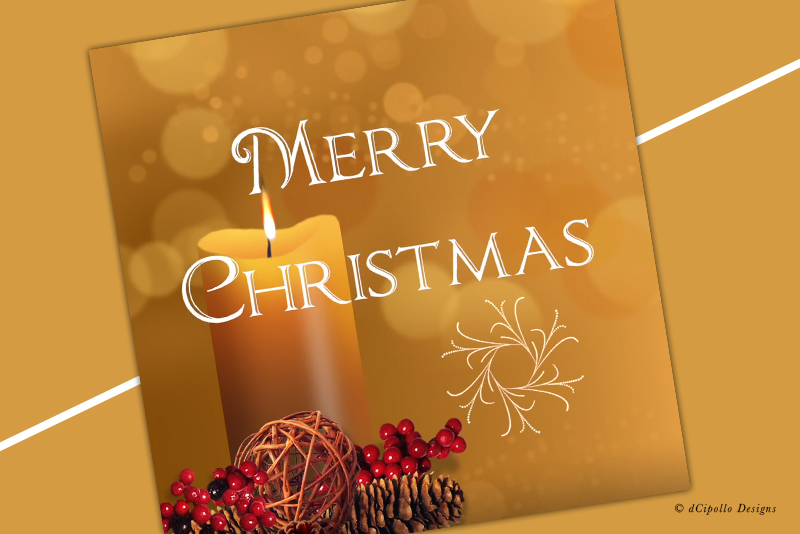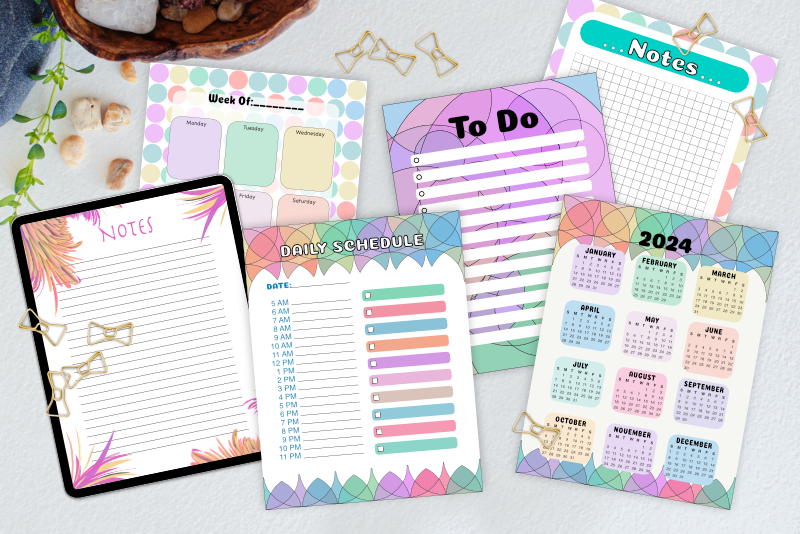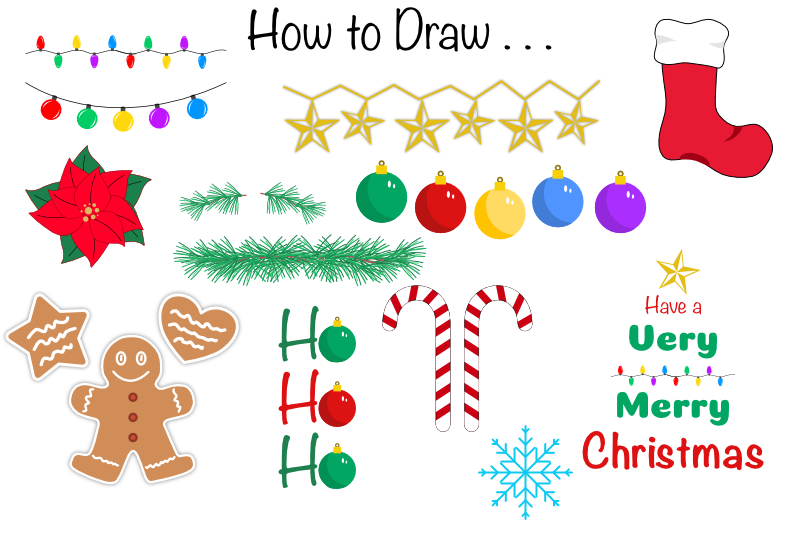Christmas Candle Bokeh Video - The Background

In the next few tutorials, we will design a holiday video for sale on a microstock site. The video will be created in Apple MotionR and features a burning candle and holiday message as the two main elements.
We will begin by creating the Bokeh background in a golden color scheme. The candle will also be golden in color and the holiday message text will be white.
In this tutorial, let's build the Bokeh background in PhotoshopR, which we will then import in to Motion. Our first step is to create a gradient background layer. The colors for our gradient will be #fabb65 (Foreground color) and #8d5514 (Background color).
Copyright 2018 Adobe Systems Incorporated. All rights reserved. Adobe product screen shot(s) reprinted with permission from Adobe Systems Incorporated. Adobe, Photoshop, Photoshop Album, Photoshop Elements, Illustrator, InDesign, GoLive, Acrobat, Cue, Premiere Pro, Premiere Elements, Bridge, After Effects, InCopy, Dreamweaver, Flash, ActionScript, Fireworks, Contribute, Captivate, Flash Catalyst and Flash Paper is/are either [a] registered trademark[s] or a trademark[s] of Adobe Systems Incorporated in the United States and/or other countries.
Apple, Motion, iBooks Author, GarageBand, TextEdit, Pages, iMovie and Mac are trademarks of Apple Inc., registered in the U.S. and other countries. BellaOnline is an independent publication and has not been authorized, sponsored, or otherwise approved by Apple Inc. Screenshots used by permission.
We will begin by creating the Bokeh background in a golden color scheme. The candle will also be golden in color and the holiday message text will be white.
In this tutorial, let's build the Bokeh background in PhotoshopR, which we will then import in to Motion. Our first step is to create a gradient background layer. The colors for our gradient will be #fabb65 (Foreground color) and #8d5514 (Background color).
- Select the Gradient tool and set the colors in the Gradient Editor, adding the dark gold color on each end and the lighter gold in the middle. Using the rule of thirds, place the color stops so that the lightest section of the gradient is on the right. We will be placing our holiday message text in this area and the candle in the darker section on the left.
We have already created the custom Bokeh brush in a previous tutorial. So, let's create the first Bokeh layer above the background gradient. This Bokeh layer will be blurred so that it functions more as part of the background gradient than as a Bokeh texture. Depending on your own Bokeh brush, the settings used below may need adjusting.
Select the Brush tool and set the following options in the Brush pane. - Use the Spacing slider to add some empty space between Bokeh dots.
- Use the Scattering sliders to move some dots further away from the brush path.
- Use the Shape Dynamics sliders to reduce the size of some of the Bokeh dots.
- Use the Transfer sliders to adjust the amount of color added when the Bokeh overlap.
- Adjust the Size and Opacity of the brush as you like and paint some Bokeh dots on the empty layer above the gradient.
- As we want these Bokeh dots to become part of the background layer, let's use the Gaussian Blur at a radius of about 30 to fade the dots into the background.
Now we can make our second layer of Bokeh dots. - Set the Brush Opacity to 100% and paint some Bokeh dots.
- Set the Blend Mode for the layer to Screen.
- Add a Gaussian Blur at a smaller radius of 5.
- Paint a few Bokeh on a third layer. Set the Layer Blend Mode to Linear Burn to darken the Bokeh. Add the Gaussian Blur at a radius of 5.
For the last Bokeh layer, we will use a smaller size brush to paint one long stroke. This will give use a nice stream of Bokeh dots across the image. - Reduce the Brush size and draw a stream of Bokeh dots across the image.
- Add a Gaussian Blur at a radius of 2 and set the Blend Mode to Lighten.
Copyright 2018 Adobe Systems Incorporated. All rights reserved. Adobe product screen shot(s) reprinted with permission from Adobe Systems Incorporated. Adobe, Photoshop, Photoshop Album, Photoshop Elements, Illustrator, InDesign, GoLive, Acrobat, Cue, Premiere Pro, Premiere Elements, Bridge, After Effects, InCopy, Dreamweaver, Flash, ActionScript, Fireworks, Contribute, Captivate, Flash Catalyst and Flash Paper is/are either [a] registered trademark[s] or a trademark[s] of Adobe Systems Incorporated in the United States and/or other countries.
Apple, Motion, iBooks Author, GarageBand, TextEdit, Pages, iMovie and Mac are trademarks of Apple Inc., registered in the U.S. and other countries. BellaOnline is an independent publication and has not been authorized, sponsored, or otherwise approved by Apple Inc. Screenshots used by permission.

Related Articles
Editor's Picks Articles
Top Ten Articles
Previous Features
Site Map
Content copyright © 2023 by Diane Cipollo. All rights reserved.
This content was written by Diane Cipollo. If you wish to use this content in any manner, you need written permission. Contact Diane Cipollo for details.






